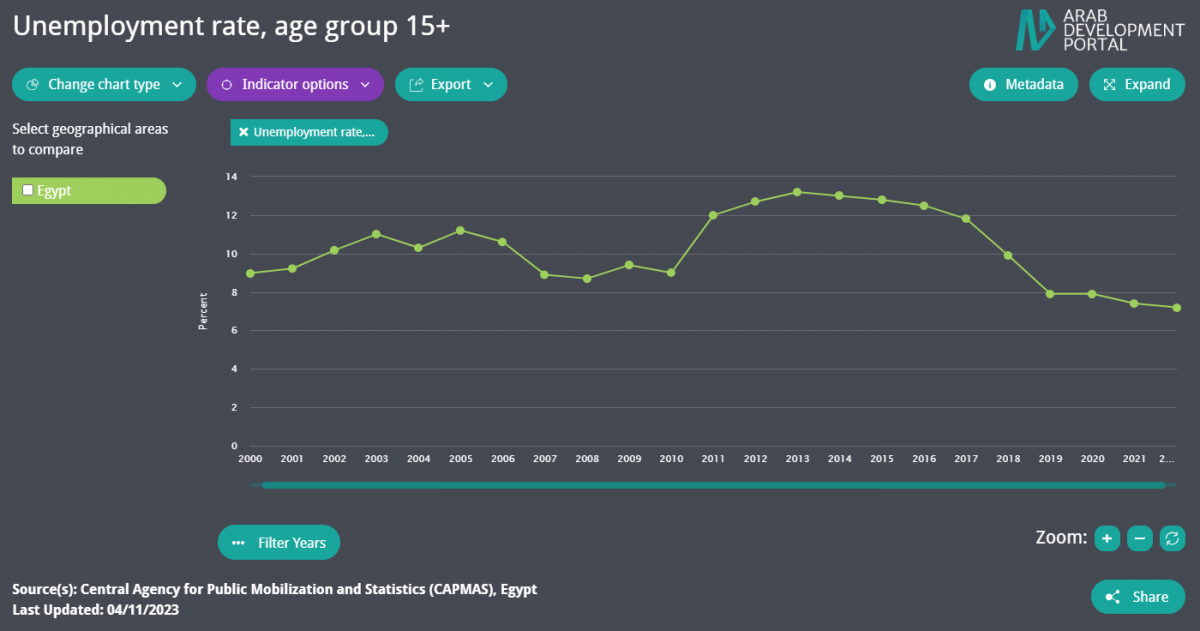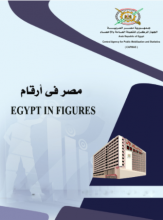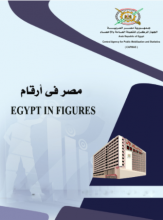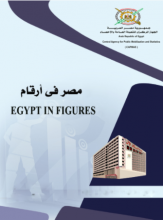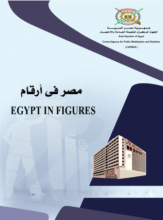 Egypt
Egypt
Egypt is the most populous country in the Arab Region and ranks 14th globally with a population exceeding 105 million inhabitants in 2023. Almost 57.7 percent of the total population is below the age of 30.[2] The total land area in Egypt is 1 million square kilometers, mostly desert,[1] and population density is estimated at 115.5 inhabitants per square kilometer in 2022 up from 71.7 inhabitants in 2000.[2]
Egypt’s Human Development Index (HDI) value for 2021 is 0.731— which puts the country in the lower range of the high human development category— positioning it at 97th out of 191 countries and territories. When adjusted for inequality, the country loses 29 percent of its HDI value largely due to inequality in education and income.[3]
Under an economic and financial program supported by the IMF Extended Fund Facility (EFF) in 2016, Egypt has implemented a series of macro-economic and structural reforms that stabilized the economy,[4] spurred growth and improved the business climate for more active private sector participation. As per the World Bank’s 2020 Doing Business report, the regulatory improvements included simplifying the process of starting a business, improving the reliability of electricity supply through automated systems to monitor power outages, and introducing digital tax payments.[5] The ease of doing business score increased from 54.7 in 2016 to 60.1 in 2020.[5]
Real GDP growth reached 6.7 percent in 2022 the highest rate since 2009.[7] It is estimated to decrease to 4.2 and 3.6 percent in 2023 and 2024 respectively.[7]
Positioned as a strategic trade hub, Egypt is the largest non-OPEC oil producer in Africa and one of the leading dry natural gas producers in the region. According to the latest available data from British Petroleum, oil production accounts for around 29.9 million tons and natural gas production for 64.5 billion cubic meters in 2022.[8] Egypt is an important transit route for oil and liquified natural gas (LNG) through the Suez Canal.[1]
However, the COVID-19 pandemic –and resulting restrictions on international travel and collapse in demand –severely affected tourism, Suez Canal revenues, and goods exports. Volume of goods and services exports have decreased by -4.06 percent and -10.5 percent in 2020 and 2021 compared to an increase of 17.9 percent in 2018. It is estimated that it will increase by 30 percent in 2022 and is expected to slightly increase by 0.9 percent in 2023[7] The current account deficit increased from -2.9 percent of GDP in 2020 to -4.3 and -3.4 percent in 2021 and 2022.[7]
Unemployment decreased to 7.2 by the end of 2022, after declining from the highest value of 13.2 percent in 2013, with labor force participation and employment rates remaining below potential at 42.9 [9] percent and 39.7percent[1] of the working-age population in 2021. Unemployment is particularly high among women at 18.5 percent in 2022.[1]
Inflation (average consumer prices) has been declining since the 23.5 percent peak in 2017, reaching 8.5 percent in 2022. However, it is estimated to increase to 21.7 in 2023.[7]
The budget deficit improved to an estimated -7.6 percent of GDP in 2019 from -9 percent in 2018 due to reduced energy subsidies and an increase in revenues collected from the value-added tax (VAT) and the income tax. The budget deficit reached -7 percent of GDP in 2021, with the increase in subsidies, social protection, and public investment. In 2022 it recorded -5.8 percent. Though it is estimated that it will decrease again to -4.6 in 2023, it is expected to increase again in 2024 to reach -10.7. This would be the largest budget deficit as a percentage of GDP since the 2015-16 fiscal year. [10] This led to an increase in the government debt-to-GDP ratio from 86.2 percent in 2020 to 88.5 percent of GDP in 2022, and it is estimated to reach 92.68 in 2023.[7]
Social conditions remain difficult in Egypt, with around 30 percent of the population living below the national poverty line (according to the household survey results for October 2019—March 2020),[1] with the highest poverty rates persisting in rural areas.
In parallel with phasing out energy subsidies, Egypt has been investing in renewables. In 2015, the government launched the 1,460 MW Benban solar power facility in Aswan Governorate, Africa’s largest solar park. It will allow Egypt to increase the share of electricity provided by renewables from a meagre amount to 42 percent by 2035.[11]
This overview was last updated in November 2023. Priority is given to the latest available official data published by national statistical offices and/or public institutions.
Sources:
[1] Central Agency for Public Mobilization and Statistics. 2023. [ONLINE] Available at: https://www.capmas.gov.eg/HomePage.aspx# [Accessed 03 November 2023].
[2] Population Division of the Department of Economic and Social Affairs of the United Nations Secretariat. 2023. World Population Prospects. [ONLINE] Available at: https://population.un.org/wpp/ [Accessed 23 October 2023].
[3] United Nations Development Programme (UNDP). 2023. Human Development Index. [ONLINE] Available at: https://hdr.undp.org/data-center/documentation-and-downloads; https://hdr.undp.org/data-center/country-insights#/ranks [Accessed 25 October 2023].
[4] International Monetary Fund (IMF). 2022. [ONLINE] Available at: https://www.imf.org/en/Countries/EGY [Accessed 13 January 2022].
[5] The World Bank. 2023. Doing Business database and Comparing Business Regulation in 190 Economies. [ONLINE] Available at: http://documents.worldbank.org/curated/en/688761571934946384/pdf/Doing-Business-2020-Comparing-Business-Regulation-in-190-Economies.pdf ;https://datacatalog.worldbank.org/search/dataset/0038564/Doing-Business [Accessed 25 October 2023].
[6] The World Bank. 2021. Egypt's Economic Update, April and October 2021. [ONLINE] Available at: https://thedocs.worldbank.org/en/doc/9dbe40280b581a94ff950a11cab42fb3-0280012021/original/4-mpo-sm21-egypt-egy-kcm2.pdf ; https://www.worldbank.org/en/country/egypt/publication/economic-update-october-2021#:~:text=Unemployment%20declined%20to%207.3%25%20by,population%2C%20further%20hindering%20poverty%20reduction [Accessed 13 January 2022].
[7] International Monetary Fund. 2023. World Economic Outlook and the real GDP growth [ONLINE] Available at: https://www.imf.org/en/Publications/SPROLLs/world-economic-outlook-databases#sort=%40imfdate%20descending; https://www.imf.org/external/datamapper/NGDP_RPCH@WEO/EGY [Accessed 24 October 2023].
[8] British Petroleum, 2023. [ONLINE] Available at: https://www.bp.com/en/global/corporate/energy-economics/statistical-review-of-world-energy.html [Accessed 05 September 2023].
[9] International Labor Organization. 2023. ILO stat and Country Profiles. [ONLINE] Available at: https://ilostat.ilo.org/data/country-profiles/ ; https://ilostat.ilo.org/ [Accessed 23 September 2023].
[10] International Monetary Fund. 2023. Fiscal monitor [ONLINE] Available at: https://www.imf.org/en/Publications/FM/Issues/2023/10/10/fiscal-monitor-october-2023 [Accessed 15 October 2023].
[11] Regional Center for Renewable Energy and Energy Efficiency (RCREEE). 2019. Arab Future Energy Index (AFEX) Renewable Energy 2019 [ONLINE] Available at: https://www.rcreee.org/sites/default/files/final_afex_re_2019_final_version-1.pdf [Accessed 13 January 2022].
